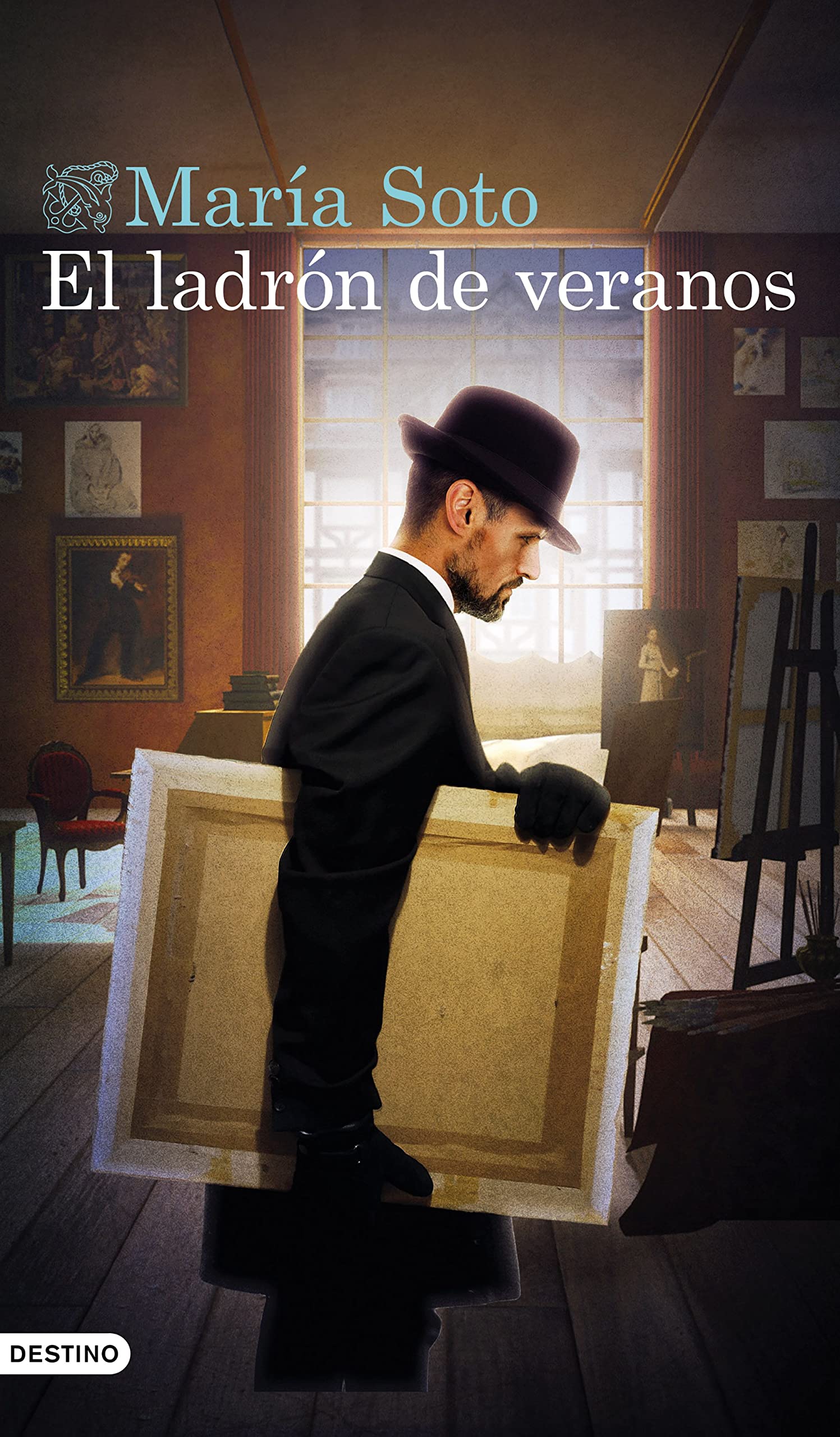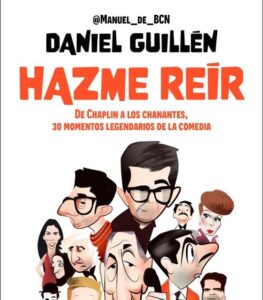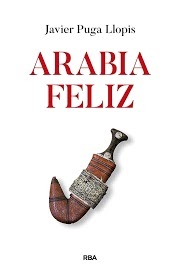
Press release
The discovery of a valuable canvas by Velázquez and an enigmatic man with much to hide.
The Thief of Summers is a journey to that other world of art that is not spoken out loud, a world of tricks and deception inhabited by unscrupulous billionaires and skilled rogues, specialists in obtaining masterpieces of uncertain origin, by legal or illegal.
An addictive puzzle set on the glamorous French coast of the 1930s places María Soto as the new master of the escape and mystery novel.
*DID YOU KNOW…, in order to dedicate herself full-time to writing, María Soto spent several years participating in different television contests such as, for example, Saber y Ganar (becoming “Magnifica”) and Who wants to be a millionaire (where she participated in twice). Thanks to the awards obtained, he has published his first novel The Summer Thief.
Diego Velázquez is an elusive character, whose personality remains hidden behind his magnificent work and about whose character and life vicissitudes very little is known. He arrived in Madrid from Seville in 1622, at the age of twenty-three, and throughout his life he did not leave the Court more than twice, to make two trips to Rome.
It was during the second of these stays in the Italian city, which lasted two years, that he painted Venus in the Mirror, one of the most mysterious works in the history of painting and the first and only nude painted by a Spaniard until well into the 19th century. 19th century.
Who posed for Venus in the mirror? And why does he hide his face? Could she have been the painter Flaminia Triunfi, the lover of the Sevillian genius during his long Roman vacation?
We know that during his stay in Rome Velázquez had a relationship with a mysterious woman with whom he had a son, and that he painted at least one other female portrait, that of an Italian painter, Flaminia Triunfi. A missing canvas about which hardly anything is known. Until now…
«Excuse me, but I don’t know if we are talking about the same person. The Montenegro that all Deauville talks about is a Sevillian aristocrat. A somewhat mysterious guy with a, shall we say, ambiguous reputation. A species of southern Arsenio Lupine. “Are you sure it’s the same one you know?”
«A gentleman-amateur. This is how the press talks about him. A Spanish aristocrat, renowned collector, talented painter and sought-after portraitist of high society, who has lived in Holland, London and Florence before settling in Paris, and whose glamorous life is not clear if it is maintained thanks to the art trade, a a suspicious good fortune in the casinos or some inheritance.»
Roberto Montenegro has just arrived in Deauville, the opulent and extravagant city on the Norman coast. We are in August 1935. And there is a week left until he is murdered.
He has come to negotiate with an American magnate the sale of a valuable canvas by Diego Velázquez that until then was believed to have disappeared: the portrait of the Italian painter Flaminia Triunfi, the woman who was probably his lover and the model for the Venus in the Mirror.
Montenegro is a mysterious man. A Sevillian aristocrat with a reputation as a gambler. A talented painter with an opaque past, implicated in the disappearance of several works of art and whom the police are on the trail of. The man of fashion, whom everyone talks about, fascinated by his romantic reputation.
But who is he really? Who is going to end his life in a week and why? Only one person knows his past, his friend from adolescence, Gabriel Caron, who receives the unexpected reunion with Roberto with a mixture of joy, envy and resentment for the stories that were left unclosed in the past.
Summer of 1935. Clara is eleven years old, she spends the summer with her family in Deauville, an extravagant and frivolous city on the Norman coast frequented by princes and millionaires, and a week ago she met the most fascinating man in the world: Roberto Montenegro, painter and aristocrat, about whose past hardly anything is known, although rumors speak of stolen works of art and gambling coups in casinos.
One night of partying, the girl finds the lifeless body of the enigmatic character in a lonely garden and this discovery takes us back a week in time to unravel the secrets of Montenegro, find out who he really was and discover who ordered his murder. and why.
The only one who knows who Montenegro really was is Gabriel Caron, Clara’s uncle. They met at the age of fifteen, when Roberto, recently arrived from distant Seville, settled in the small Norman village where Gabriel lived, and the initial fascination with the newcomer and his magical talent with the brush gave way to an intense friendship. , broken after Roberto left, at the age of seventeen, in pursuit of a Parisian dancer with whom they had both fallen in love.
Now, fourteen years later, Montenegro returns to Normandy, transformed into a fictional character, to sign with an American magnate the million-dollar agreement to sell the portrait of Flaminia Triunfi, a canvas by Velázquez that was believed lost and that has appeared in the hands of a noble Italian family fleeing Mussolini’s fascism.
Gabriel is reluctant to regain their friendship, but his brother-in-law Léon’s gambling debts will force him to ask his old friend for help, which will end up involving a good part of his family, especially his niece Clara, in the Sevillian’s mysterious business dealings. , an imaginative girl fascinated by Montenegro.
Meanwhile, Félix Oriot, an ambitious journalist for whom Gabriel works as a photographer, has discovered that the business intermediary between the American millionaire and Roberto Montenegro is the beautiful Elena Voloshina, the magnate’s fiancee and daughter of a Russian émigré from whom Roberto stole a canvas of El Greco, the only family wealth he had left, in a tricky game of cards. A strange coincidence that makes him put on guard.
Little by little, all the pieces of the plot will fit together, like a puzzle, until leaving the protagonist with no escape, while the reader learns about the past of the mysterious Roberto Montenegro on an exciting journey through the world of the art trade.
A universe of unscrupulous millionaires and rogue hustlers in which professionals from the most prestigious galleries resorted to more than dubious practices to age works of art, make them more commercial or attribute them to an artist of their choice, and in which the most Skilled people developed incredibly sophisticated techniques so that their daring and fraudulent creations were undetectable.
Source: https://algunoslibrosbuenos.com/el-ladron-de-veranos


